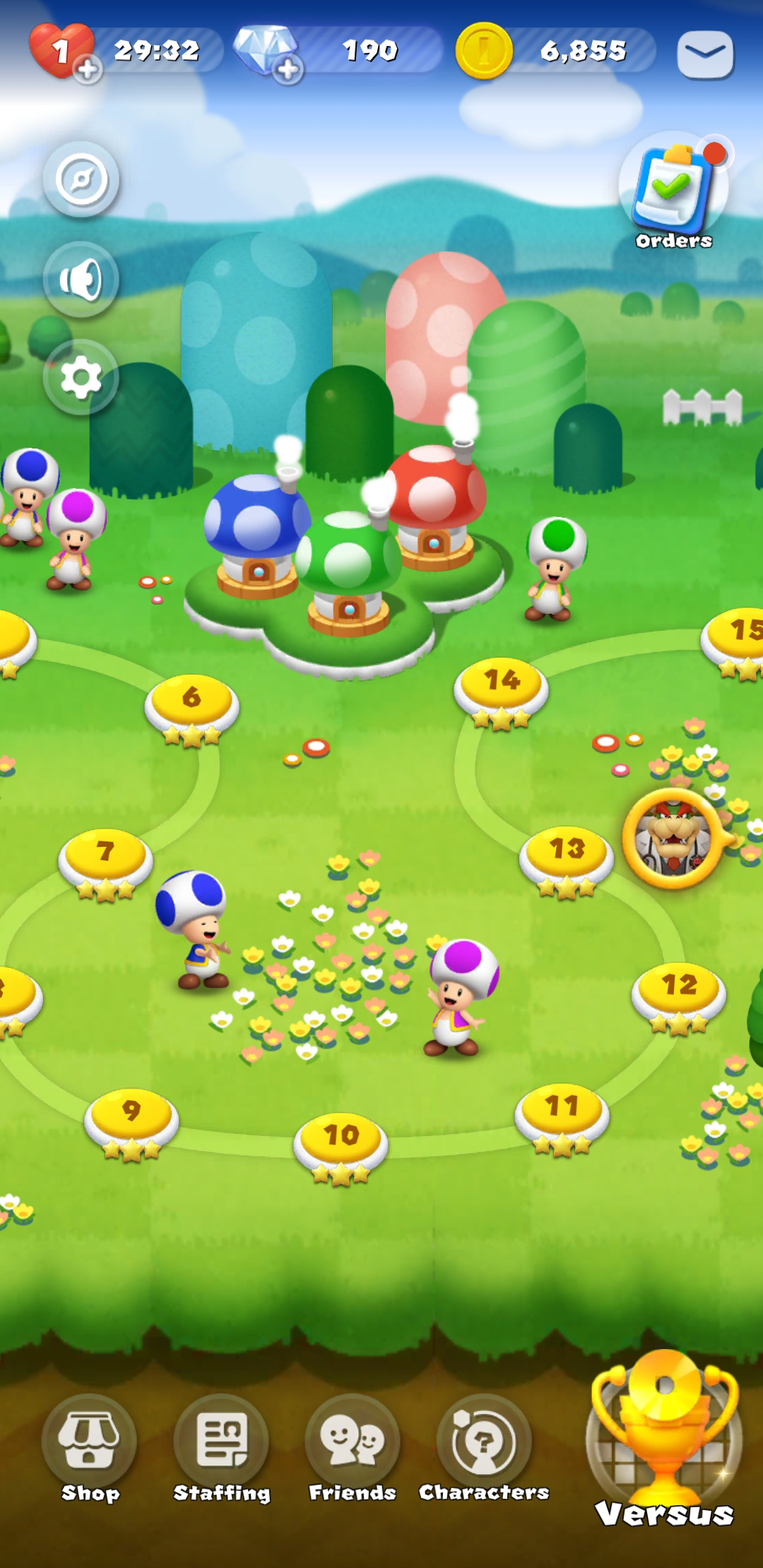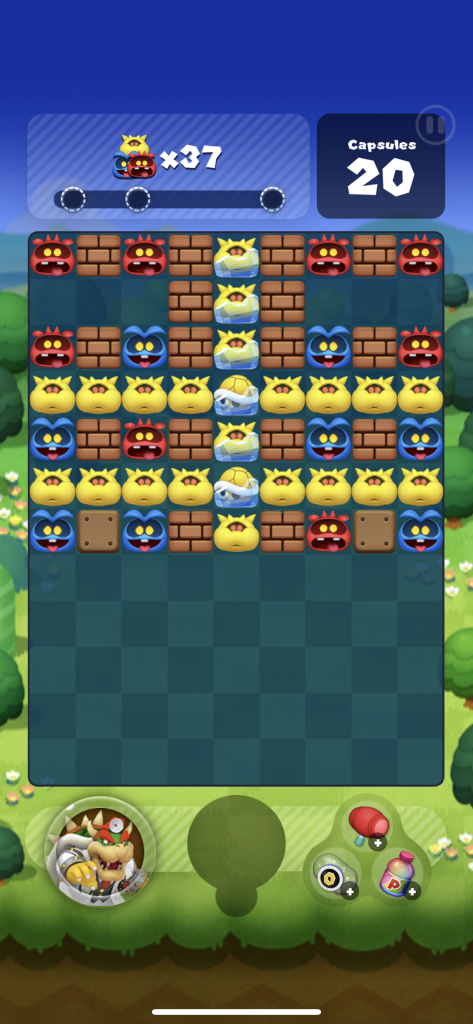The central point of Kotaku's article is that Wolfenstein: Young Blood's microtransactions are so unobtrusive that it's not worth getting upset over and harass the developers of the game. About the harassment, I agree. Most times, developers have no say regarding microtransactions that get put in their game. That's usually a publisher decision, and if the publisher says they go in, you put them in, unless you don't want a paycheck. So, to hear developers being harassed online to the point that they have to lock down their social media accounts is frustrating.
Yet, so is microtransaction apologism. It may sound confusing to those who have no passive interest in them as to why people get upset about microtransactions existing in games, especially in full priced games. "Don't like it, don't buy it." That seems harmless enough, but microtransactions, like it or not, DO affect the way some games are designed. In the case of Wolfenstein: Young Blood, the microtransactions do not enhance the way the game is played, as they're only there for cosmetic purposes, but other games, such as Dead Space 3 have been designed from the ground up to entice players to buy microtransactions to speed up resource collecting. We've already seen what happened with Battlefront II, how it took SO LONG to unlock any characters... because they wanted you to pay for them. When people complained about it, EA "fixed it" by lowering the cost of the currency, but doubling the time it took to collect it.
"It's just cosmetic" is an excuse that needs to die out. "It's just cosmetic" is an enabling phrase that dismisses the fact that what you used to be able to earn in game by just playing it is now removed from your ability to collect it unless you pay for it. Many games, such as Street Fighter, are shipped with content ON THE DISC THAT YOU PAID FOR, but you can't access it unless you pay more money. Games also have more content available online day one that they've purposefully withheld from you so that you've no choice but to pay for it a la carte if you really want it.
Then there's the whole "but games cost so much more to make! If they don't put MTs in our games, they'll cost more" argument that Jim Sterling has shot down multiple times. Seriously, go to his You Tube channel, hold a hand over your eyes and scroll down his page and blindly select a video. You'll most likely hit on one that talks about the bloat of the AAA industry. Games do cost a lot of money to make, yes, but executives are the ones that reap the rewards from microtransactions. You are most likely lining the pockets of executive than you are the developers when you buy into these microtransactions. How many CEOs do we hear get multi-million dollar bonuses, and how many stories do we hear about underpaid and overworked developers during crunch time? There is a great financial disparity in the AAA industry, and it's not how much money it takes to make a game versus how much it earns...
Back to what I was saying with microtransactions affecting how a game's designed, just read a blurb from the Crash article I linked.
Crash Team Racing Nitro-Fueled is a racing game with a lot to do in it, including unlocking customization options for various cosmetic items like skins, items, and even characters. Since release, the game has kind of doled these coins out somewhat thriftily to players who might be looking to unlock everything or are trying to go for something in specific. It turns out there might be a reason why: Wumpa coins will soon act as a virtual currency that can be purchased with real money.If that is actually the case, that's inexcusable. Sure, a patient gamer will never spend a cent on microtransactions, but why should someone's grind be increased because the publisher wants to cater to impatient gamers? If people don't have the time to play games, then honestly, the hobby is not for them. That also isn't to say that I believe in "gamers should work for their achievements", because I don't believe that games should feel like work. Games should be fun first and foremost. Honestly, all games have a grind to them, but I just feel that no grind should be increased artificially just because a CEO needs a bigger yacht.
What makes the CTR situation that much more disheartening is that Nitro-Fueled released without them. Activision waited until it sold well and then put them in with a patch. This is straight out of EA's playbook. "Our game won't launch with microtransactions." *waits a month* "Now that you all bought it, here are some microtransactions!" To make matters EVEN worse, it's a remake of a beloved game! Fond memories now sullied by microtransactions! Is nothing sacred anymore?
But back to Kotaku. They said Young Blood's microtransactions aren't worth getting upset over. I disagree. The very concept of microtransactions is worth being upset over. They've wormed their way into every aspect of gaming. Some games aren't affected by them while others' entire framework is warped in order to encompass them. Classic franchises we knew and loved get resurrected as shallow and pitiful mobile versions of their former selves (I'm looking at you, Lemmings). Grinds become inflated. Content becomes locked. Games that were about skill are now about who has the deepest wallet. Microtransactions have only become the problem they are now because of dismissive attitudes such as Kotaku's. It's time that microtransactions become a thing of the past, and it's time for everyone to get behind that.



